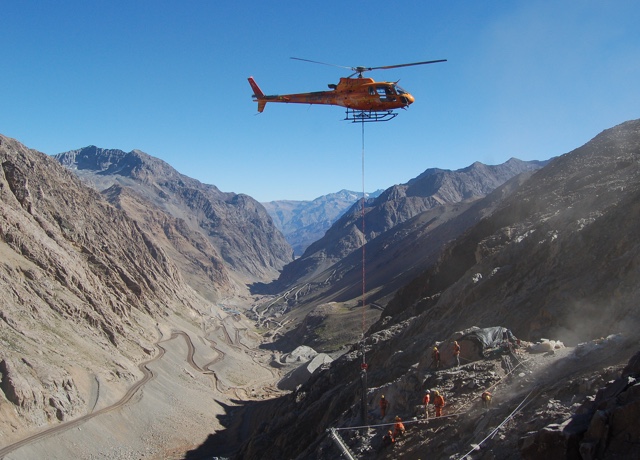FIRST
The Commander is the sole and maximum authority on board during boarding, flight and disembarkation and other activities related to them, and is empowered to:
- Do not authorize the flight of passengers under the influence of alcohol, narcotics and/or substances that alter their senses or ability to fly, women with seven or more months of pregnancy and, in general, persons who – at their judgment – are not in physical and/or psychic conditions, and/or things that are not in the proper state to fly;
- Review each passenger and their luggage;
- Distribute the passengers and/or their luggage in the seats (the seats next to the 3 doors, will be used by persons able to help in an emergency case) and/or aircraft places designated for that purpose;
- Retain (on board, in the air or on land) those articles and dangerous substances that may constitute – in their judgment – a significant risk to the health of the crew members and/or passengers, the property and integrity of the aircraft and/or the security of the expedition;
- Order the use of life vests and/or other security devices or implements, depending on the flight route; and other necessary attributes for the order and safety of the flight.
SECOND
- It is required to use the seatbelt throughout the flight, and it is forbidden to open doors or windows during the flight.
- Smoking, alcohol or drugs, will not be allowed in or near the helicopter. It is not allowed to eat inside the aircraft.
- Passengers will not move from seats or places designated by the Commander or crew.
THIRD
- All portable electronic devices must remain off when the aircraft is traveling on the runway, approaching to the airport, during take-off and landing. These instruments include: cellphones, search for two-way people (pagers), radios (AM/FM or VHF), televisions, toys or videogames and any other device that – in the opinion of the Commander – could interfere with the communication and the air navigation systems.
FOURTH
- Passengers will be able to get on and off the helicopter only at the moment when the commander and/or the crew, point them out and only if the propellers are completely stopped. Passengers are prohibited from touching any instrument of the helicopter, either on land or in flight.
FIFTH
According to the current regulations, the existence of a list of items that are prohibited to transport during the flight, in the cabin and/or items transported in hand luggage, which must be retained by the Commander or the crew, are reported. include those articles and dangerous substances that may constitute a significant risk to health, safety or property, such as:
- Gases (compressed, liquefied, in solution or intensively refrigerated), including aerosols which are flammable, toxic or harmless such as butane, oxygen, liquid nitrogen, aerosols containing paralyzing gases, filler tubes for liquefied gas lighters, etc.
- Corrosive, solid or liquid, such as: acids, alkalis, mercury, liquid electrolyte batteries, etc.
- Explosives such as ammunition, fireworks and flares, briefcases with alarm devices, caps for toy guns, etc.
- Flammable liquids such as fuels, paints, thinners, etc.
- Radioactive materials whatever their category.
- Oxidizing materials and organic peroxides, such as: bleaches, fertilizers, etc.
- Toxic and infectious substances such as: insecticides, pesticides, biological products that contain pathogenic germs, etc.
- Flammable solids such as matches.
- Weapons, understood as any element or object that is made – or can be used – for attack or defense, such as: firearms, bladed weapons, gases, elements of electric shock, sharp, batons, axes and canes or sticks with a weight inside, or with breakwater form, needles, pins or clamps, among others.
